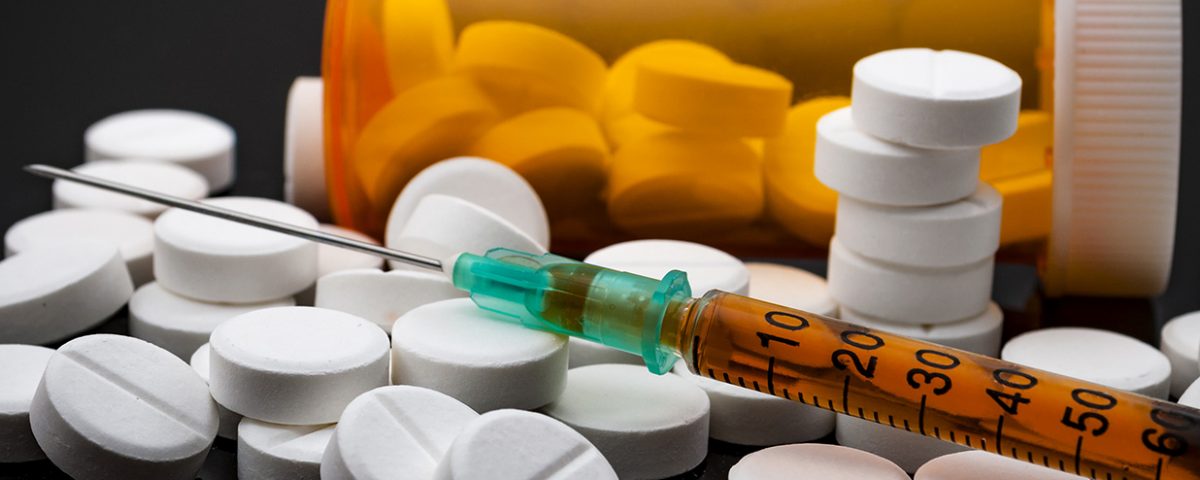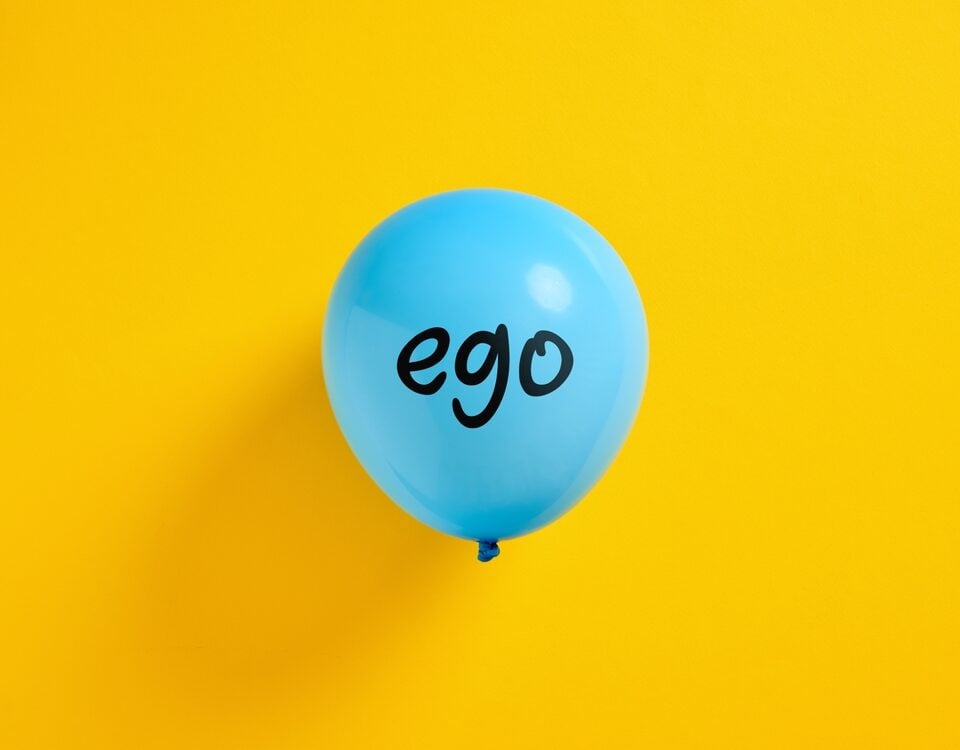When doctors write prescriptions for opioid painkillers, they assume that their patients will follow the prescribing information. Unfortunately, misuse is far more common than many realize. In 2014, an astounding 54 million Americans admitted to using opioid medications for nonmedical reasons at least once. The highly addictive nature of painkillers means that even on-label use can result in problems. Fear of detox symptoms keeps many people trapped in cycles of painkiller addiction, only making the situation worse. Here, our Massachusetts rehab is sharing more on painkiller detox, how it works, and its benefits.
Prescription Drug Detox Symptoms
As a central nervous system depressant, opioid painkillers can present challenging withdrawal symptoms during the detox process. Other prescription drugs that can cause severe withdrawals include stimulants like Adderall and tranquilizers/benzodiazepines like Xanax.
The severity and longevity of detox from painkillers vary greatly depending on the drug as well as the doses used, how long the person has been using the drug, and whether they have any underlying health conditions.
Common prescription drug withdrawal symptoms include:
- Anxiety
- Rapid Breathing
- Goosebumps
- Muscle Aches
- Vomiting
- Irritability
- Cravings
- Abdominal Cramping
- Sweating
- Tremors
- Confusion
As we mentioned, the severity, frequency, and onset of these symptoms will vary from patient to patient. Factors such as patient age, health, and duration of use will all influence the severity of withdrawals experienced. Our drug rehab in Massachusetts provides the most effective solutions for prescription pill addiction to ensure clients undergo a safe and effective recovery.
How Long Does It Take to Detox From Prescription Drugs?
How long it takes to detox from drugs depends on various factors, such as the drug in question, the duration of use, the doses used, hydration, metabolism rate, age, and liver and kidney function. For instance, the older someone is, the longer it might take their system to flush out a drug. Additionally, people with liver or kidney problems may also take longer or struggle to safely flush drugs out of their systems.
The entire detox process can take anywhere from a few days to a few weeks. The more severe a person’s drug use, the longer and more intense the withdrawal process. The list below lists the length of time it takes to detox from different drugs:
- Barbiturates and sleeping pills: Withdrawal symptoms like anxiety, insomnia, shaking, or circulation problems can occur within 24 hours to 2 days after the person’s last use of sleeping pills or barbiturates. Withdrawals can last up to 5 days.
- Benzodiazepines: Benzo withdrawal symptoms like irritability, nausea, vomiting, headache, and muscle pain usually occur within 1 to 2 days after the person’s last use and can last up to a week.
- Opioids: Opioid withdrawal duration depends on how fast-acting the type of opioid is. Fast-acting opioids may not last as long as extended-release opioids. Withdrawals such as muscle pain, anxiety, teary eyes, runny nose, sweating, and insomnia may occur 24 hours to 2 days after the last use and may peak after a week.
- Stimulants: The initial withdrawal “crash” of stimulants like Adderall or Ritalin may include fatigue, depression, irritability, and body aches. These symptoms may occur within 24 hours after the last use and can last up to a week or longer.
How to Detox Your Body From Prescription Drugs
The safest way to detox your body from prescription drugs is with medically supervised detox. A medically assisted detox can be completed without medication, but it still takes place in a medical setting. In this case, clients have access to doctor supervision as well as medical intervention, if needed.
Compared to at-home detox, medical detox offers a safe and comfortable environment where clients can rest easy knowing they’re under the care of medical professionals. The main difference between natural and medical detox is the use of withdrawal-relieving detox medications, such as Naltrexone, Suboxone, and Vivitrol.
Not only can these medications and other medical procedures make the process more comfortable for the patient, but also safer. Symptoms like seizures, fever, and dehydration can lead to permanent damage and even death. These risks are greatly reduced when the detox process is conducted in a medical environment.
Finding a Prescription Drug Detox Center
The detox process for painkillers and related opioids is particularly challenging because chronic use of opioid painkillers results in brain abnormalities and alterations. As the brain grows accustomed to opioid painkillers, it starts to require the presence of these drugs just to function normally. When the user stops, the brain begins to experience withdrawals due to the lack of the substance it’s grown used to.
After completing detox, there is still considerable work that must be done to maintain sobriety. Banyan Treatment Centers offers Massachusetts addiction treatment for various kinds of substance use disorders. Detox is just the first step in the process of successful prescription drug addiction treatment.
Call our Boston addiction treatment center today at 888-280-4763 to get started.
Related Reading:








